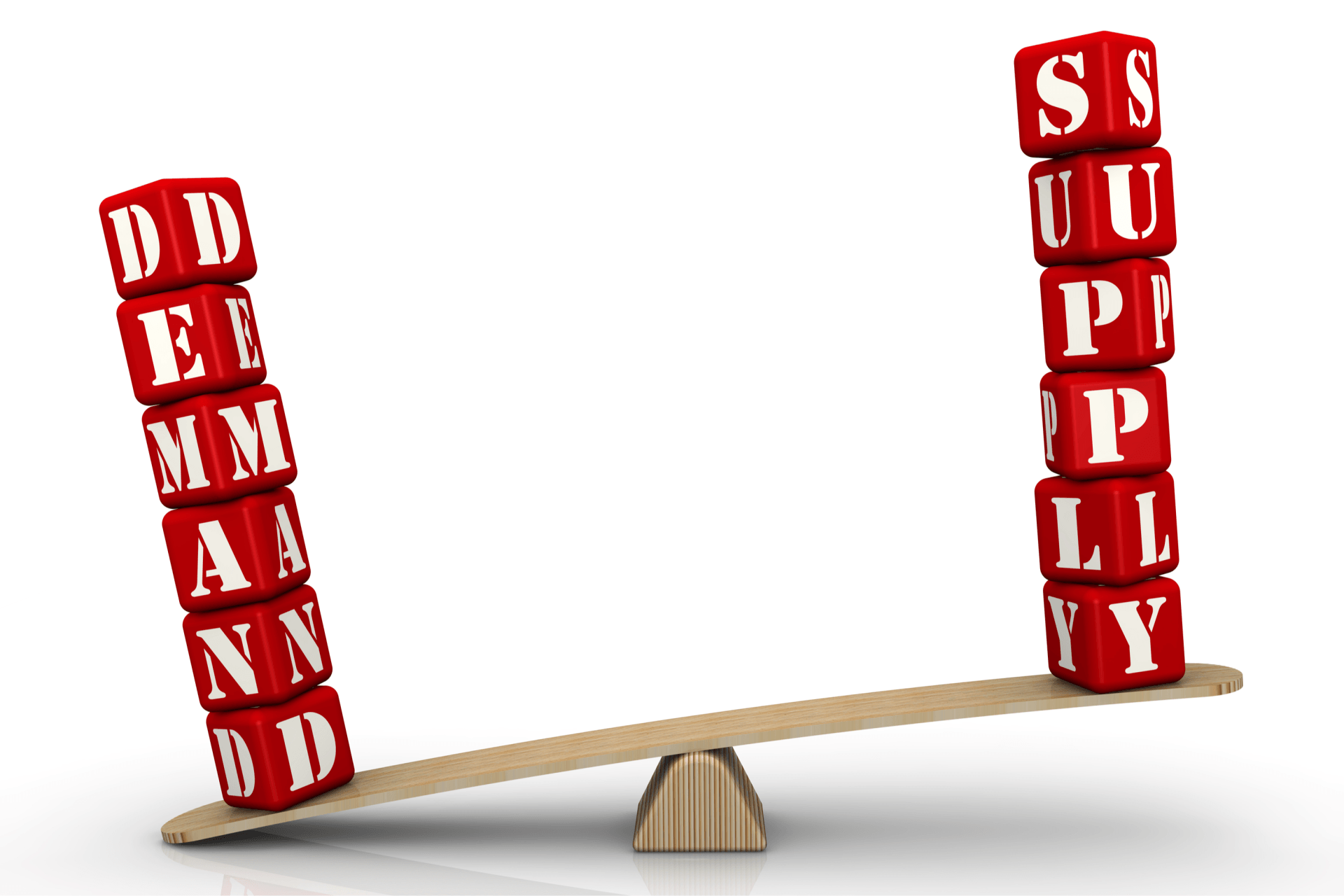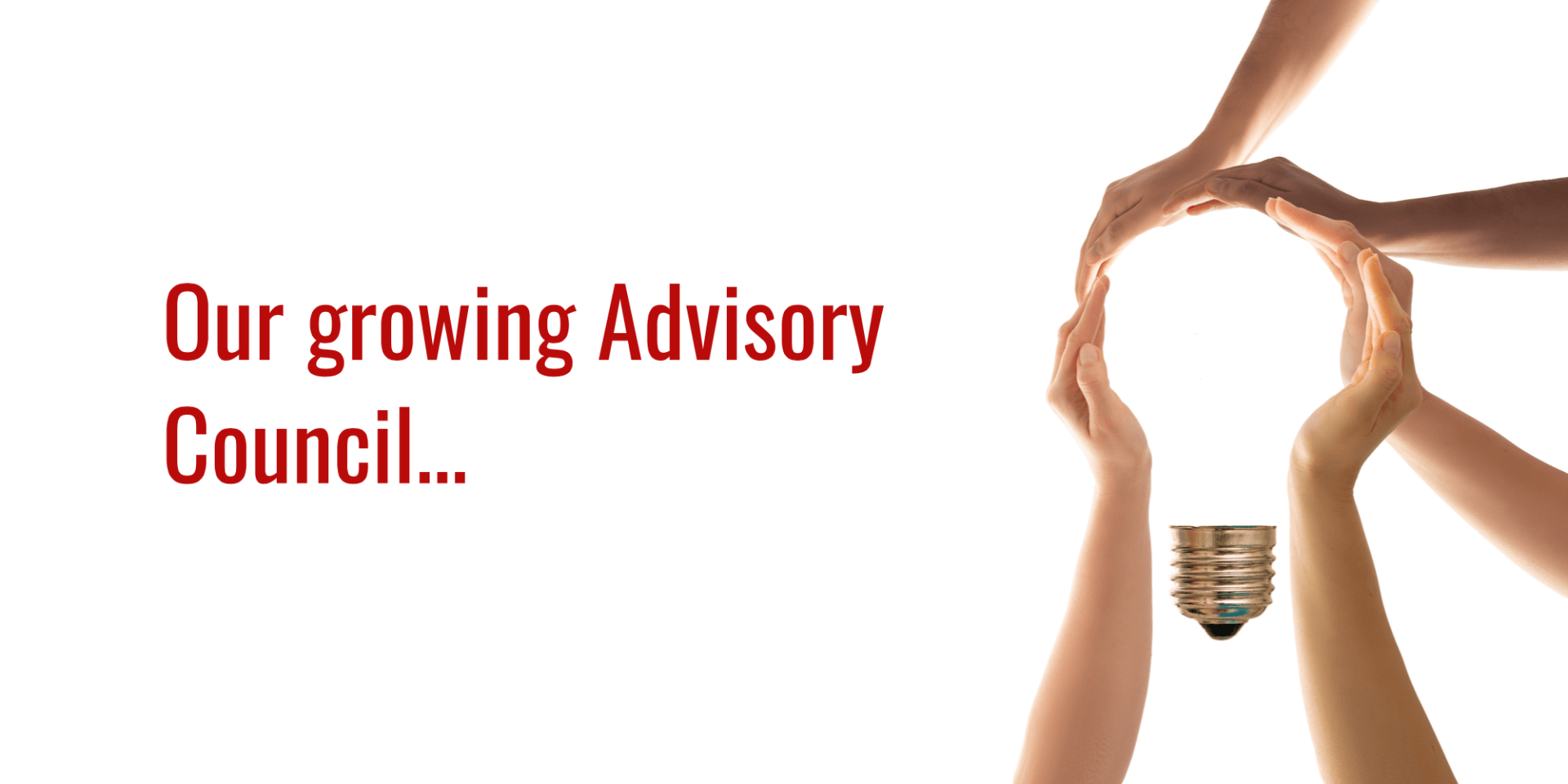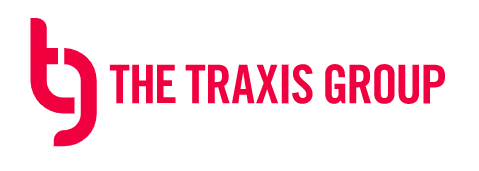BLOG
Blog

By Simon Anderson
•
October 8, 2021
A 6-fold increase in input costs would challenge any business and it would depend on several factors whether they could sustain the increase. Three of these factors are the business’s reserves, its hedging strategy and its ability to raise prices. All 3 call into doubt the UK energy retail model. The UK’s encouragement to bring in competition to challenge the “big 6” has, to date, worked well. Smaller retailers account for around 30% of the market, npower and SSE have left the market with companies like Ovo and Octopus going from strength to strength. However, you have to ask how sustainable are lower prices, especially when retailers have control over only 55% of what they can charge (with taxes and network charges making up the balance)? Despite lower costs-to-serve delivered by new platforms and tax advantages for very small retailers, margins are extremely tight and lower prices involve higher risks, especially when input costs rise, which is where hedging comes in. Hedging incurs costs and there is a strong temptation to conserve funds on this. As a smaller player it is also harder to arrange hedging in the first place. This is where several of the smaller energy retailers have come unstuck. When prices do rise, then at some point these have to be passed on to customers, but here the UK government has instituted a price cap. This is designed to stop retailers from exploiting those who do not switch but in this situation, is making the business model loss-making and therefore unsustainable. In fact, margins have been so low even before the gas price rise that many retailers were already loss-making or barely making a profit. In addition, what this might also impact is the willingness for organisations to invest in energy retail in Britain – it is too high risk. This is likely to return the market to where it started with a small number of large incumbents. Additionally, it may also mean that investment in other elements of the UK’s energy market will be harder to get slowing down the energy transition and putting an even greater pressure on the government to fund the “green recovery”. In our view, the current energy retail business model is dead. Ofgem’s figures for Sep 2021 for a dual fuel energy bill shows the average margin to be minus 0.93% and this is before the current price hikes. So, what could replace it? Are there less risky models to be considered that could re-invigorate the market and investment? An alternative? This is what Traxis Energy is working on. We believe in three things: 1. Decarbonisation is making the energy market increasingly fragmented. Distributed energy offers opportunities for retail but focusing on individual elements in isolation – such as heat pumps - will not work. We need a wholistic approach, and nowhere more importantly than from the end-users’ perspective. 2. The parts of the puzzle are all there. Several trials and pilots have proven the technology. We do not need more legislation – what we need is for business to grasp the nettle, collaborate and start working together to build new value chains. 3. The key element is a viable commercial model that will attract investment. This is about understanding the value chain, collaborating to share value equitably for the benefit of all through building a market and finding bridgeheads to the mass market - the best early opportunities - such as new build and major refurbishments. We believe local distributed energy holds considerable potential for solving the current problem with retail. It can also help start to address the concern DNOs have about the resilience of the local distribution systems with the growth in ev ownership and as severe weather incidents increase. Therefore, with our partners we are developing a Distributed Energy Service Company model as a new approach that combines energy retail, investment in homes and local businesses, and local grid strengthening, and that makes investment in retail energy more attractive. What we are doing now... We strongly believe this is a viable model right now and to prove this we are putting together a collaborative project under Ofgem’s £450m Strategic Innovation Fund – or SIF for short. If you are interested in finding out more or joining the consortium call Simon Anderson on 07968763148 - there is nothing better than talking direct – emails just get lost these days!

By Simon Anderson
•
July 22, 2021
The Traxis Group are excited to announce that Pallicons Ltd, run by Petter Allison has joined our Board. Petter brings a wealth of complementary experience to the group from his over 20 years with Centrica and British Gas plus his current energy sector advisor and Non-Executive Director roles with both large energy corporates and energy technology start-ups. Simon Anderson, Traxis Group’s CEO said “We are delighted that Petter has become a shareholder in the group. Traxis is all about using experienced people at director level with a broad range of expertise to help propel distributed energy forward and Petter exemplifies this objective.” To quote Petter: “This feels a propitious time for Traxis’ mission – I am really looking forward to contributing to make this a success.” After the summer break Traxis Energy will be embarking on its first set of collaboration meetings focused on a B-C whole product proposition for electric vehicles and a B-B-C proposition for Active Buildings.

By Simon Anderson
•
June 15, 2021
Last week Imperial College London’s IDLES Programme released its latest White Paper: Net-zero GB electricity: cost-optimal generation and storage mix . Three of its 7 key conclusions were: The capacity of offshore wind needed to achieve net-zero electricity for GB in 2035 is at least twice the existing 2030 target; A substantial increase in the volume of energy storage is needed to support a system dominated by wind and solar energy. Direct Air Capture of CO2 could have a large impact on how electric heating is supported But just how deliverable are they? For example, the article acknowledges that DAC is “not a mature technology” so its prominence in the conclusions is a bit of a surprise. Rather than making the case for increased investment, for me this study has demonstrated and indeed reinforces the need to look at the other side of the equation – demand. This, like many other recent reports, is a supply-led analysis: given increased demand what grid scale supply is required? Demand was modelled based on increases in the number of electric vehicles and heating systems. There is no variation for improved energy efficiency or demand reductions: the requirement is to meet the determined level of demand whatever that is. But, if the consequences of this are too great or challenging, surely we need to examine what steps are needed to flex and reduce the level of demand? For example: How much will renovation wave initiatives reduce heating demand and facilitate greater levels of self-generation and storage? How much can EVs contribute to the higher levels of storage required? Could road charging, an inevitable result of reduced petrol sales, be used to moderate mileage? How far can the potential of distributed energy and the flexibility it delivers take us? Are these both more achievable and of greater benefit to consumers than building huge corporate energy assets? So, having demonstrated the scale of the challenge, I strongly suggest the follow-on research requirement should be: what can demand side measures contribute to Net Zero? Such a study should look at 4 key topics: The contribution a large scale “green-recovery” renovation wave could make to reducing demand and improving network/system efficiency The contribution self-generation and, more to the point, self-consumption optimising energy storage, could make to reducing demand and improving network/system efficiency The contribution Vehicle-to-Grid could make to the substantial increase in the volume of energy storage needed The financial impact of demand side investments on consumer costs, fuel poverty, local employment, system resilience and similar such community benefits. Much of this comes down to the meaning of the “energy transition”. This should be about rebalancing the system between demand and supply, between the needs of the energy industry and the needs of society, particularly environmental sustainability, and between centralised control and distributed energy. It is not about transitioning to a still centralised but zero-carbon energy system, if that were at all possible, which this study suggests it probably isn’t.

By Lars Falch
•
April 13, 2021
How many successful commercial collaborations between start-ups and large corporations do you know of? Some, but probably also a lot that fail to move beyond a successful pilot phase. Why is this, and what can be done to improve it? The World Economic Forum’s White Paper Collaboration between Start-ups and Corporates identified that “more than half of the attempts to collaborate still fail due to a clash of mind-sets between passionate, entrepreneurial start-ups, and more process-oriented and risk-averse corporates.” The paper’s authors, Martina Larkin and Derek O’Halloran , also pointed out that Europe requires better connection between corporates and start-ups to create new markets, and this is particularly relevant post-pandemic. Their paper, subtitled A Practical Guide for Mutual Understanding, identifies several factors that need to be considered in building understanding, for example: Benefits: for start-ups – revenues; for corporates – access to innovation Risks: for start-ups – wasting scarce resources; for corporates – unsure outcomes Challenges: for start-ups – a top-down approach; for corporates – a siloed approach Traxis is committed to accelerating the energy transition as a vital contribution to Net Zero. The Traxis Energy Programme is designed to bring together corporates and start-ups to scale up new technologies, leading to exciting new whole products for consumers. Its mission is to make the leap from early adopters to mass market products, bringing everyone along the way. Traxis is mindful of the challenges and benefits discussed in the World Economic Forum’s paper on Collaboration between Start-ups and Corporates. It believes there is a further element to consider: are start-ups too early and corporates too far on in their life cycles to embark on commercial collaborations? Are they able to go beyond trials and build significant scale from their collaboration? A key factor is delivery capability, that is, the ability to deliver significant growth in the new market. More importantly, it is the joint delivery capability and mindset that matters in a setting that the pilot, often managed via an innovation department, will be handed over to the line organisation. Both parties, although there will often be more than two, will have strengths and weaknesses in this regard, otherwise they would be doing it themselves. Here, weaknesses are opportunities where one company’s strengths complement the other’s weaknesses – this is what will make a collaboration work. In contrast, similar strengths can lead to internal competition. Therefore, Traxis believes that assessing these capabilities is important to help businesses develop collaborative understanding and expectations, to recognise the value each brings to the whole, leading to more equitable partnerships. As Chair of the Traxis Energy Advisory Council I am excited at the prospect of being involved in this initiative. Here, bringing in external advice and challenge is a brilliant way to help bring new perspectives to bear and to hone the delivery programme itself. Our society is looking for solutions that are fit for the future, not revamps of business models and ways of working from the last century! Get in touch if you want to know more... Lars

By Simon Anderson
•
March 23, 2021
Our Council is a group of leading independent thinkers and practitioners in the world of decentralised energy, environmental sustainability and investment. Its purpose is to advise and to challenge the thinking of Traxis Energy Programme members and to help them design collaborative prosumer and community propositions suitable for the next decades. Bringing the council to seven, our next thee members are: Jessica Stromback, CEO of Joule Assets Inc. and the SEDC's founding Chief Executive, Jessica has been one of the most influential driving forces behind the recognition of demand response and flexibility in Europe over the past decade. Alicia Carrasco is the founder and CEO of olivoENERGY and formerly EU Director of Energy Policy for Tesla and Director Regulations EMEA digital grid SIEMENS. in 2018, she co-founded Entra, an association of aggregation and flexibility in Spain. Amaury Lamarche is Chief Platform Officer for B2C & Intelligent Home at ENGIE Digital. With a focus in recent years on innovative projects in the B2C market worldwide, Amaury developed global software that easily connects to any type of smart energy appliances to build value added services. Amaury is our first Corporate member of the council. We plan to bring the council initially to a dozen members with further Corporate members and to hold our inaugural council meeting in June. This meeting will start to set out the shape and content of the Strategic level of the Traxis Energy Programme.

By Simon Anderson
•
March 21, 2021
Single issue politics is a regular fact of life these days. And with that, the simplification of complex issues. Trump, Covid, Brexit, climate change – the competition is so great for our attention, that ideas, solutions and disagreements are reduced to 20 second sound bites, 280 characters, a 3 paragraph blog. The result is polarisation and extremes. I believe the same thing is happening with the energy debate around different technologies. Each industry groups fights their corners at the expense of another, such as “energy efficiency first”. Energy efficiency is extremely important – but it is not a competition. Every technology has a role to play and will be better in some situations and not in others. For example, I live in a Grade 2 thatched cottage. I would love to apply more energy efficiency in the form of insulation – but I can’t because of listed building planning conditions. This means I cannot access the UK government’s Green Homes Grant either because I first have to insulate: Catch 22. What we need is a holistic approach to energy performance, and what is most important is the outcome: reduced, net zero (and beyond), carbon emissions. How this is achieved should not be prescriptive and should be appropriate to each situation. Take vehicles; for a long time, they have had an output measure – CO2 emissions per mile/kilometre. This has allowed designers and engineers to innovate in order to steadily reduce the carbon emissions of cars, lorries and trucks. Just imagine if we did the same for buildings and used metering data to measure the actual energy performance of a building in terms of its CO2 emissions. This is what smartEn (Smart Energy Europe) is proposing in their Position Paper: Towards a Quantification of the Demand-side Flexibility of Buildings . It would encourage property developers, landlords and private owners to use the most appropriate technologies to deliver the best outcomes without necessarily reverting to standards which inevitably lag technology development. It would also make it a lot easier for consumers to understand too. This is one of our guiding philosophies at Traxis Energy – the de-polarisation of energy. We are outcome focused, not prescriptive. And our bespoke Energy Programme, focuses on the strength of the technologies within our members to deliver whole products, for consumers and the planet.

By Simon Anderson
•
March 2, 2021
The Traxis Group is excited to announce the first 4 members of the Traxis Energy Advisory Council. The Council is a group of leading independent thinkers and practitioners in the world of decentralised energy, environmental sustainability and investment. Its purpose is to advise and to challenge the thinking of Traxis Energy Programme members and to help them design collaborative prosumer and community propositions suitable for the next decades. Our first 4 members are: Lars Falch who recently joined Capgemini Invent Netherlands, leading the Energy & Utilities practice after being the founder & CEO of Powerpeers, Europe’s leading peer-2-peer energy retailer Petter Allison who, amongst other leading roles in British Gas, was Managing Director Technology & Innovation and Venture Capital. Today he is an Advisor and Non Executive Director in the energy sector Frauke Thies who was the Executive Director of Smart Energy Europe which is focused on flexibility. Today she is Head of Climate Advocacy, the Open Society European Policy Institute Laurent Schmitt who was the Executive Director of ENTSO-E which is focused on future grid architecture and digital transformation. Today he is Founder and CEO of Digital4Grids Lars has been working with us since the summer to refine this proposition and we are delighted that he has accepted the role of Chair of the Advisory Council and will continue to have a pivotal role in helping bring distributed energy to the mass market. Traxis Energy’s aim is to encourage businesses to collaborate to develop “whole products” that make it easy for the mass market to purchase decentralised energy. We believe that the success of Net Zero ambitions and beyond will be down to the decisions of consumers. Big commercial initiatives such as green hydrogen, digital transformations, carbon capture and storage and grid-scale energy storage will have their role to play, but so do consumers in their everyday decisions. However, until such time as it is easy for people to buy-in to and thus change their behaviours it will be almost impossible to even reach Net Zero. Our Advisory Council is there to encourage businesses to take the bull by the horns and take the initiative. Most of the necessary components are in existence – it now needs collaboration to put them together effectively. Our first four members have just this sort of experience.
The Traxis Group Registered in London UK Company Number 12952193



